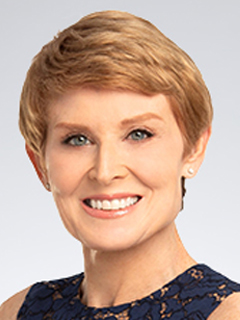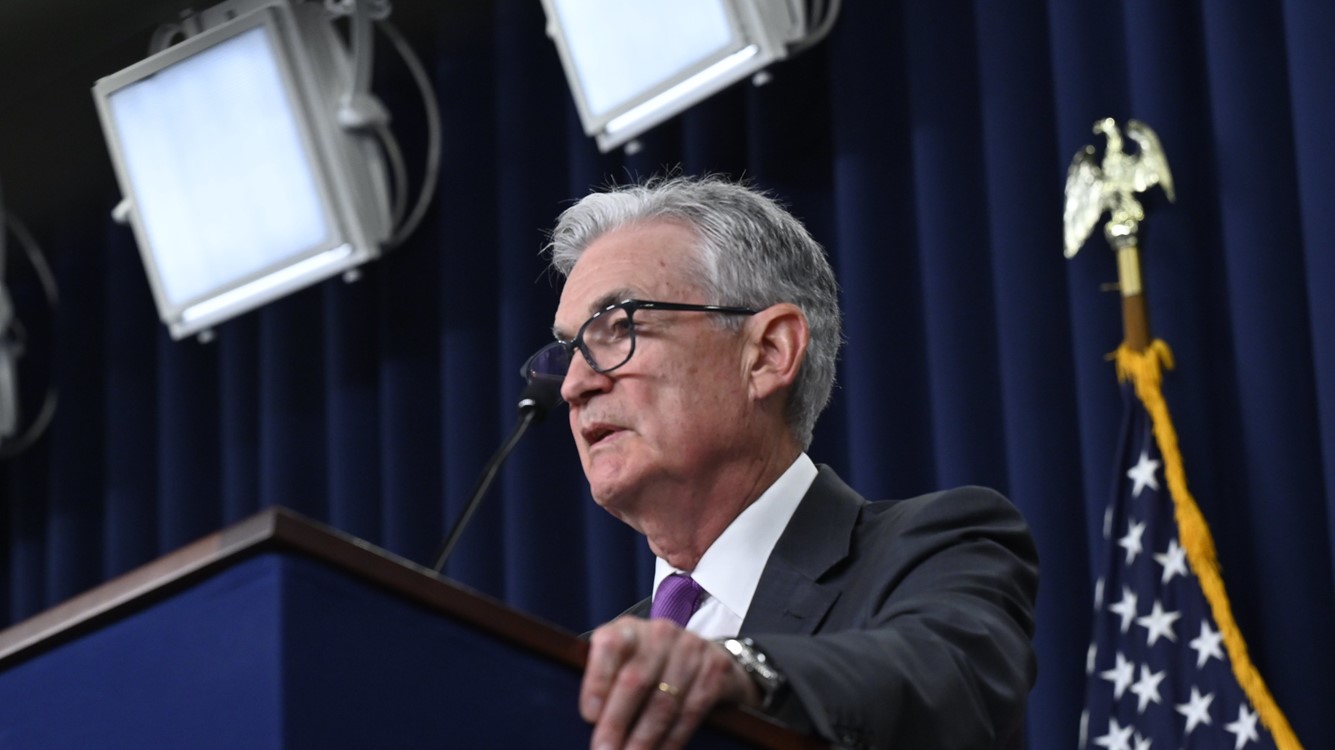Fed enters policy purgatory
Powell repeated “wait and see”.

January 29, 2025
The Federal Open Market Committee (FOMC) – the policy setting arm of the Federal Reserve – voted unanimously to keep the target rate at 4.25% - 4.5%, the same as in December. The statement following the meeting was more hawkish than the previous statement, categorizing the labor market as solid and removing the line on inflation progress. Chairman Jay Powell tempered that sentiment in his statement and comments at the press conference that followed.
The Federal Reserve is really in a sort of policy purgatory, given the phrases that Powell used during the press conference. His answers were peppered with the phrases “wait-and-see,” “waiting to see,” “on hold,” “not in a hurry,” and “will patiently watch,” throughout the press conference. In short, the Fed doesn’t know what is next, given the uncertainty surrounding the new administration’s agenda.
Powell said that the slate of policies – tariffs, immigration, fiscal and regulatory - is still in flux. He played down the uncertainty, saying this always happens with a new administration. Powell was clearly attempting to avoid making news with the press conference.
Four new Fed presidents rotated onto voting positions in the FOMC: Three are known hawks; one is a dove. That likely accounted for the gap between the tenor of the statement, which was more hawkish, and that of the press conference, which was more balanced. Powell tends to be more dovish than his colleagues but that could easily shift.
Powell was asked about the president. He was clearly prepared to block all questions about the president and his desire for rate cuts. The only thing he confirmed was that he had not spoken with the president yet.
It is unclear whether it would be enough to get the Fed to cut rates in March.

Diane Swonk
KPMG Chief Economist
Bottom Line
The Fed is stuck where it is for now. It is still data-dependent and will not move until it sees a shift in the data. The January employment report could come in weak due to the epic fires in California; that will not shift the Fed’s decision in March. Inflation data between now and then is poised to improve due to a deceleration in shelter costs and easier year-on-year comparisons.
It is unclear whether it would be enough to get the Fed to cut rates in March, but it remains a possibility. We also have the possibility of rate cuts being front-loaded due to the length of time it takes for tariffs, tax cuts and curbs to immigration to work their way through the economy.
Explore more

Fed hesitantly cuts rates in December
Forecast for 2025 shows fewer rate cuts.

KPMG Economics
A source for unbiased economic intelligence to help improve strategic decision-making.

New year, new agenda: Beware of unintended consequences
We may be understating the financial market reaction to escalation of geopolitical tensions.
Subscribe to insights from KPMG Economics
KPMG Economics distributes a wide selection of insight and analysis to help businesses make informed decisions.
Meet our team
